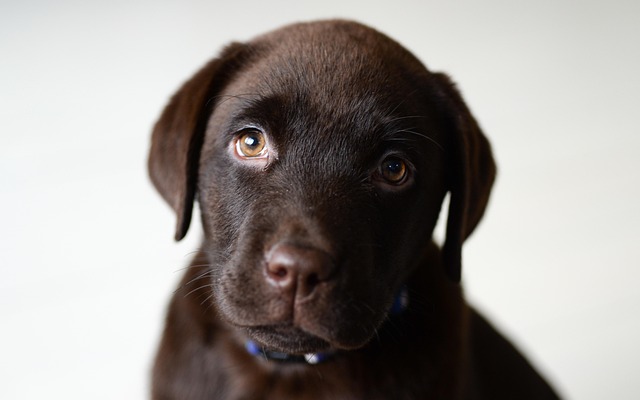
How can I tell if my dog's heatstroke is serious
Let’s be real: It’s a sticky August morning in Los Angeles, and you took your 2-year-old Golden Retriever, Max, for a walk a little later than usual
Walk into any neighborhood park, and you might notice more dogs waddling than trotting these days. That extra fluff around the midsection isn’t just cute—it’s often a sign of trouble. When it comes to what drives dog obesity, the root cause boils down to a simple equation: more calories going in than getting burned. It sounds straightforward, but so many of us trip over the little daily habits that tip the scale.
Most of us don’t mean to overfeed our pups. It starts with those puppy eyes at mealtime, so we scoop an extra handful of kibble. Then there’s the leftover pizza crust, the “just one” treat after a walk, the celebratory cookie for no reason at all. Before you know it, those calories stack up. Pet food labels suggest serving sizes for a reason, but studies show over 60% of owners eyeball portions instead of measuring. It’s easy to forget that a dog’s metabolism works differently—what feels like a small snack to us can be a huge chunk of their daily calories.
Activity levels play a big role too. Urban living means more dogs in apartments, and busy work schedules leave less time for long walks or games of fetch. A 10-minute potty break around the block isn’t enough to burn off that extra kibble. Dogs, especially high-energy breeds, need consistent play and exercise to work through their calories. When that’s missing, even a “normal” amount of food can lead to canine weight gain.
 We also tend to mix up chubbiness with health. That round belly might make us coo, but vets warn it’s linked to diabetes, joint pain, and shorter lifespans. It’s not just about looks—letting weight creep up can mean more vet bills and less quality time together. Plus, keeping your dog at a healthy weight ties into broader pet care standards, which many areas enforce through guidelines that encourage regular check-ups. Staying on top of their weight is part of meeting those expectations.
We also tend to mix up chubbiness with health. That round belly might make us coo, but vets warn it’s linked to diabetes, joint pain, and shorter lifespans. It’s not just about looks—letting weight creep up can mean more vet bills and less quality time together. Plus, keeping your dog at a healthy weight ties into broader pet care standards, which many areas enforce through guidelines that encourage regular check-ups. Staying on top of their weight is part of meeting those expectations.
Snacks are another culprit. Those tiny training treats add up fast, and sharing our meals is a bad habit. A bite of cheese or a scrap of bacon might seem harmless, but human food is often high in fat and salt—way more than a dog’s system needs. It’s not just about overfeeding dogs; it’s about feeding them the wrong things.
Fixing it doesn’t have to be hard. Start by measuring every meal, using the label as a guide. Swap extra treats for playtime—tug-of-war or a game of hide-and-seek burns calories and strengthens your bond. If your schedule’s tight, even splitting walks into two shorter sessions helps. And check in with your vet regularly—they can spot early signs of weight gain and suggest adjustments.
Love isn’t about filling their bowl to the brim. It’s about making sure they have the energy to chase squirrels, greet neighbors, and curl up comfortably at night. Keeping their weight in check is one of the kindest things we can do—and it helps them stay happy, healthy, and ready for all life’s adventures.

Let’s be real: It’s a sticky August morning in Los Angeles, and you took your 2-year-old Golden Retriever, Max, for a walk a little later than usual

You're enjoying a summer afternoon at the park when you notice your dog has stopped panting and appears disoriented - their gums are bright red

Let’s paint the picture: You’re in your Denver apartment, watching your 4-year-old Boston Terrier, Ruby, plop down mid-play session with her favorite toy

Many dog owners notice their pets nails seem shorter after regular walks,but how much does this daily activity actually help?The answer depends on where you walk—concrete sidewalks or asphalt streets gently file nails as a dog's paws hit the ground

Most dog owners notice their pup scooting across the carpet at some point, but few connect it to impacted anal glands. These small sacs near a dog’s rectum secrete a scent for marking territory

Most vets agree that regular dog teeth cleaning is key to avoiding painful dental issues later. For healthy adult dogs, a professional cleaning at the vet’s office every 12 to 18 months usually works well.